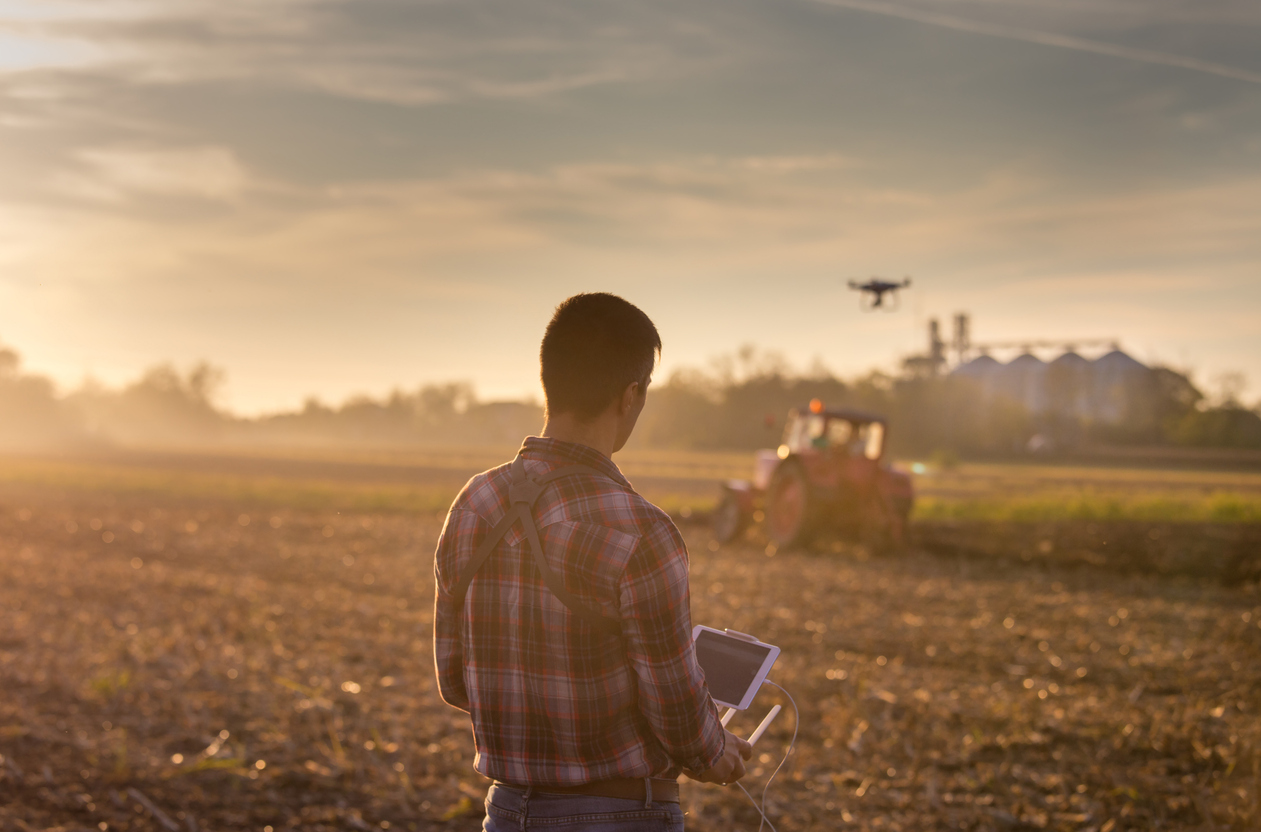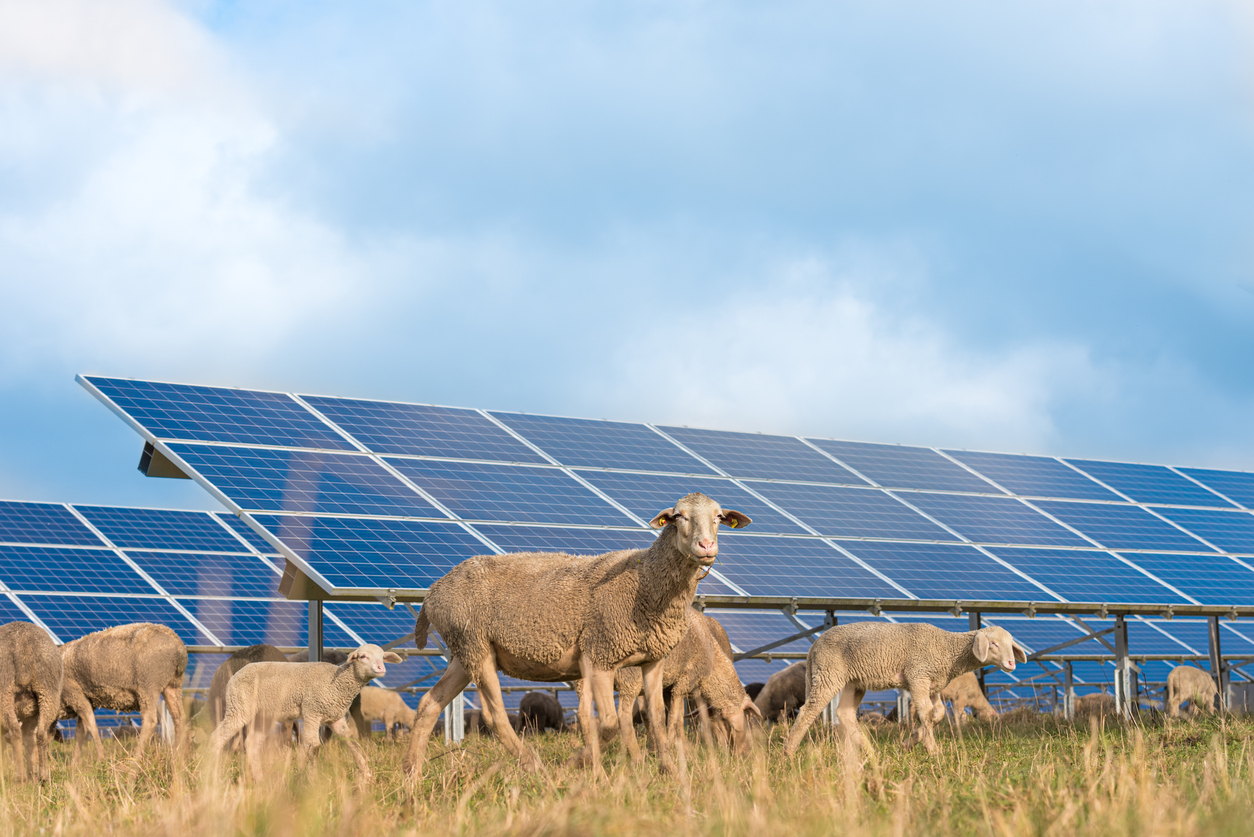
A Guide on How to Optimise Your Farming Operations
by Northern Life
Running a farm can be a tricky business. Margins tend to be extremely tight – and your plans can easily be thwarted by variations in the weather as well as by the regulatory environment.
Let’s consider a few key tips for minimising costs and driving up profits.
Assess Your Strengths and Weaknesses

Any changes you make should proceed from a frank and complete assessment of your farm’s strengths and weaknesses. What are you good at? Where is there room for improvement?
If you’re trying to maximise profit, then yield might be considered paramount. But you might also consider diversifying in order to make yourself less vulnerable to seasonality.
You’ll also want to think about your finances. Make sure that you have an easy way of logging all your expenses and profits. You might save money here and there through automation and outsourcing. But you can only do this with a clear view of where the money is going.
Leverage Technology: Embrace the Future of Farming

A number of technologies and tools can help you improve yields, cut labour costs, and drive up profitability.
You might use aerial drones to inspect your farm, as well as soil sensors to monitor things like moisture and temperature over time. This might allow you to take a more informed, data-driven approach to things like when to fertilise, irrigate, or deploy pesticides.
You might also look into specialised software that will help you deal with administration. Finances, inventory, and production can all be tracked digitally. This can reduce the amount of time you’re spending wresting with non-specialised software, like Excel.
Finally, some machines will actually carry out the work of farming automatically. They might plant and harvest crops or feed livestock, allowing human workers to focus on tasks that require human judgement and creativity.
Optimise Your Farm Layout and Infrastructure
Look also at your farm’s layout. How easily can materials, machinery, and personnel move from one field to the next? If you have experience with your farm, then you might already have an idea of where the bottlenecks lie and where layout changes might reduce travelling time.
When it comes to storage, you might consider portable solutions. Shipping containers are portable and weatherproof, and they can be easily bought and sold to allow for the growth (or contraction) of your operations.
Finally, you might switch to different kinds of irrigation. Drip irrigation, for example, might result in lower water usage.
Prioritise Sustainability and Resource Management

Drip irrigation is just one sustainable measure. You might also consider techniques like crop rotation and cover cropping. This will lower the need for artificial pesticides and fertilisers.
You might also install renewable energy sources directly on the farm. Solar panels and wind turbines can help to reduce your reliance on fossil fuels and ultimately shrink your carbon footprint.




